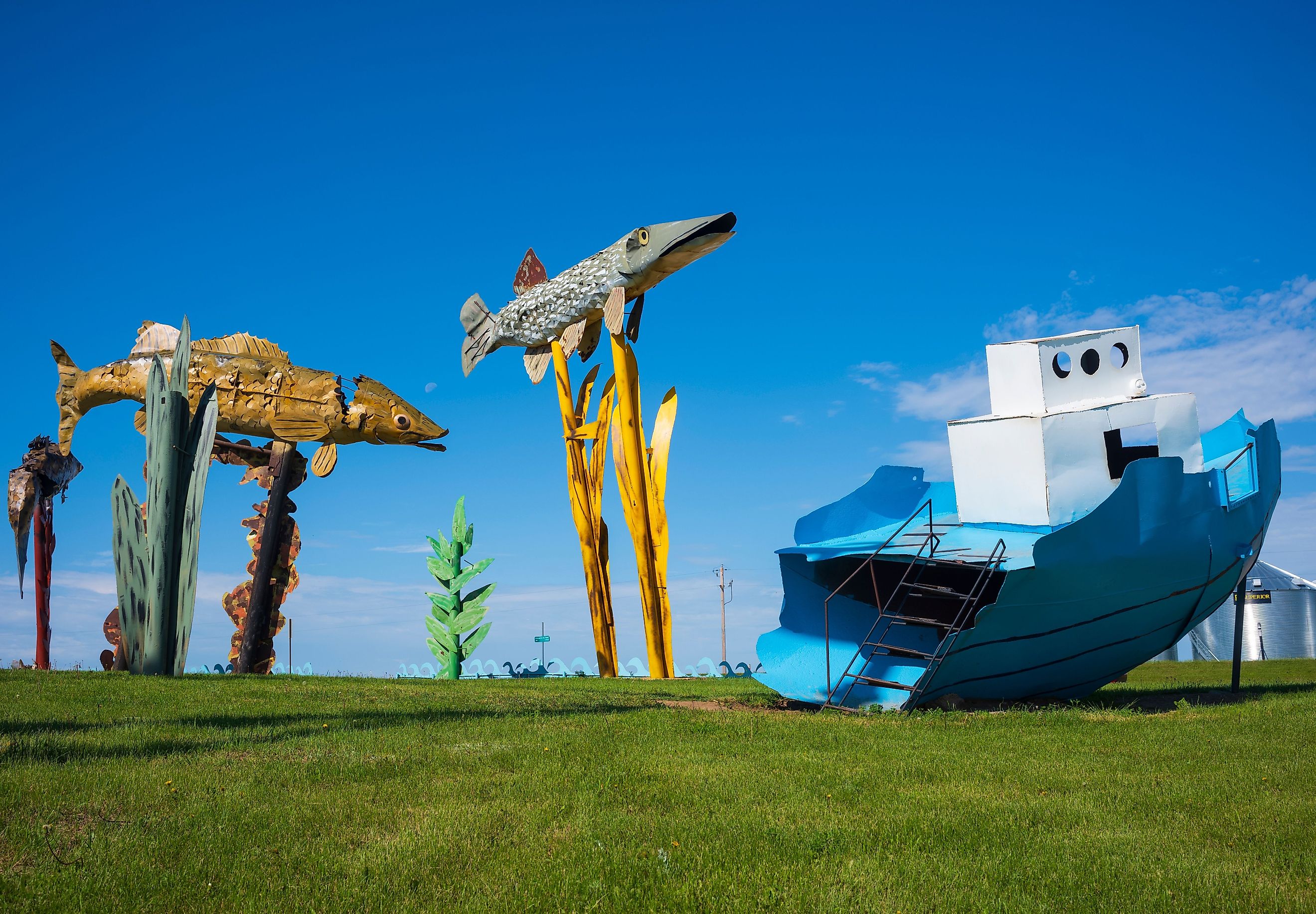
12 Most Loved Tourist Attractions In North Dakota
North Dakota is a landscape of unexpected depth and wonder, far more complex than its reputation as a simple prairie state. Beyond its seemingly flat horizons lie destinations that tell stories of geological marvels, cultural resilience, and human creativity. From the rugged badlands to meticulously preserved cultural sites, these 12 attractions invite travelers to explore a landscape that challenges preconceptions and offers one-of-a-kind experiences.
Theodore Roosevelt National Park
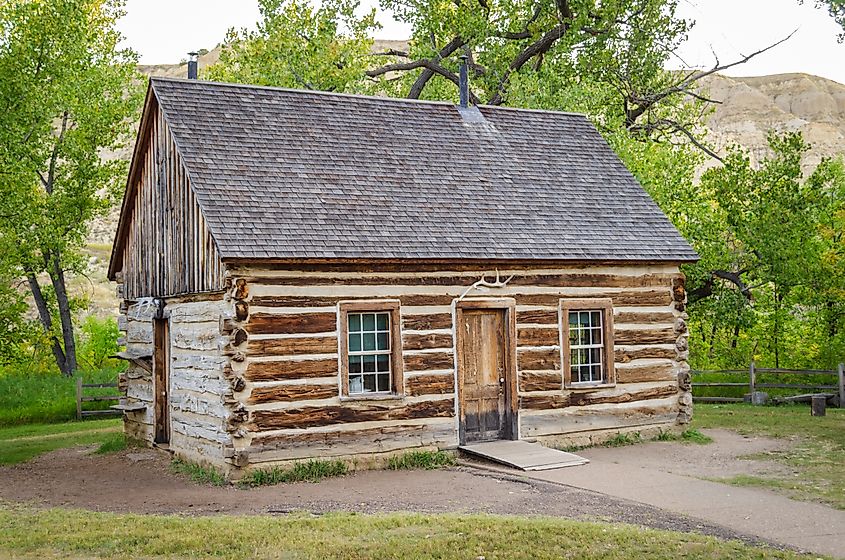
Theodore Roosevelt National Park encompasses nearly 70,000 acres of terrain and is divided into two distinct units—the North and South Sections—connected by the Little Missouri River watershed. Located in the badlands of western North Dakota, visitors are immediately struck by the landscape of multicolored stratified rock layers, deep canyons, and expansive prairie grasslands that seem to stretch endlessly toward the horizon. Bison herds roam freely, their presence a powerful reminder of the region's ecological heritage, while prairie dogs create intricate underground communities that bring the landscape to life with their constant activity.
Hiking trails wind through diverse ecosystems, offering visitors intimate encounters with the park's wildlife. The Scenic Loop Drive has accessible views for those unable to traverse more challenging terrain. Interpretive programs and ranger-led tours help visitors understand the complex ecological and historical significance of this landscape.
International Peace Garden
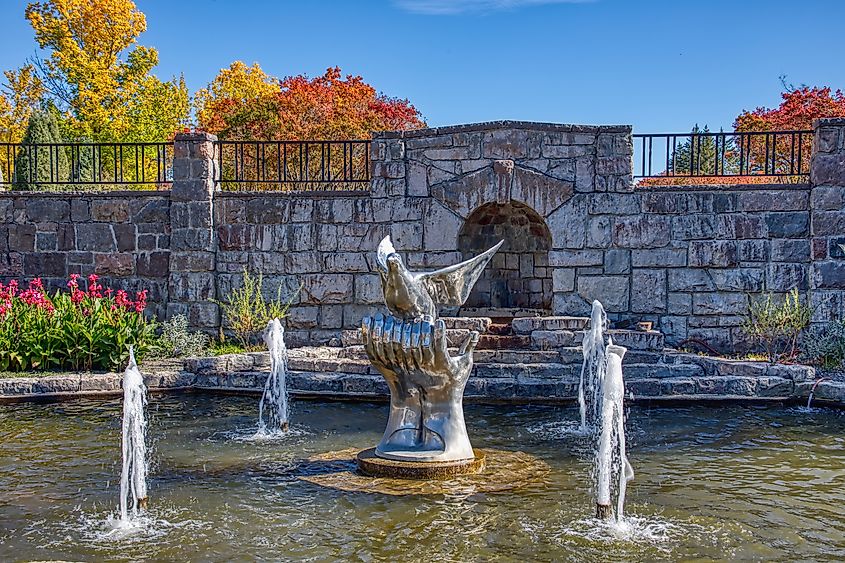
Straddling the border between North Dakota and Manitoba, Canada, the International Peace Garden was established in 1932. This 2,339-acre botanical marvel serves as a living monument to the peaceful relationship between the United States and Canada. The landscape is meticulously designed to showcase horticultural displays, with over 150,000 flowers planted annually in intricate patterns and designs. A central feature is the Peace Tower, a 120-foot structure that stands as a powerful architectural representation of the enduring friendship between neighboring countries.
Beyond its aesthetic appeal, the International Peace Garden hosts numerous educational programs and cultural events that promote cross-border understanding. Visitors can explore diverse garden zones, including a conservatory, a meditation garden, and naturalistic prairie landscapes that reflect the region's ecological heritage. The site also contains memorials honoring veterans and promoting peace, making it much more than a simple botanical attraction.
Fort Abraham Lincoln State Park
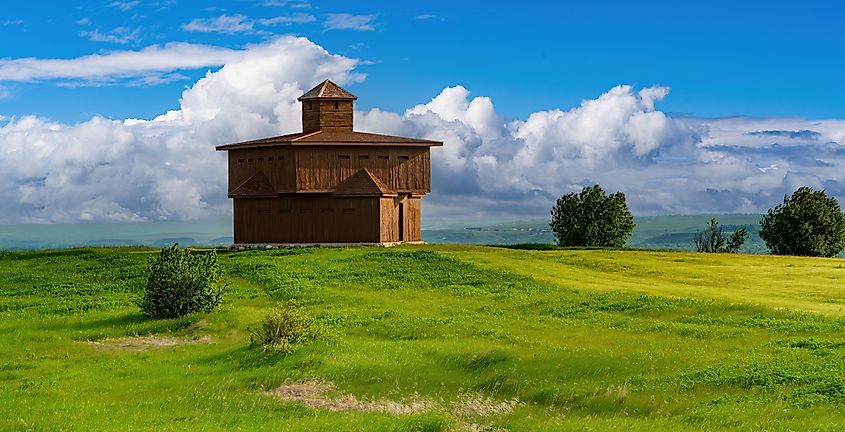
Located near Mandan, Fort Abraham Lincoln State Park preserves the site of the last home of Lieutenant Colonel George Armstrong Custer. Reconstructed military buildings and an authentic On-A-Slant Indian Village allow visitors to step back in time and understand the complex cultural interactions of the era.
The reconstructed Custer House stands as a centerpiece, meticulously restored to reflect the living conditions of military officers in the late 1800s. Interpretive exhibits and guided tours give insights into Custer's life, the 7th Cavalry, and the broader historical context of westward expansion. The On-A-Slant Indian Village offers an equally compelling narrative; it reveals the traditional lifestyle of the Mandan Native Americans who inhabited the region for centuries before European settlement.
Knife River Indian Villages National Historic Site
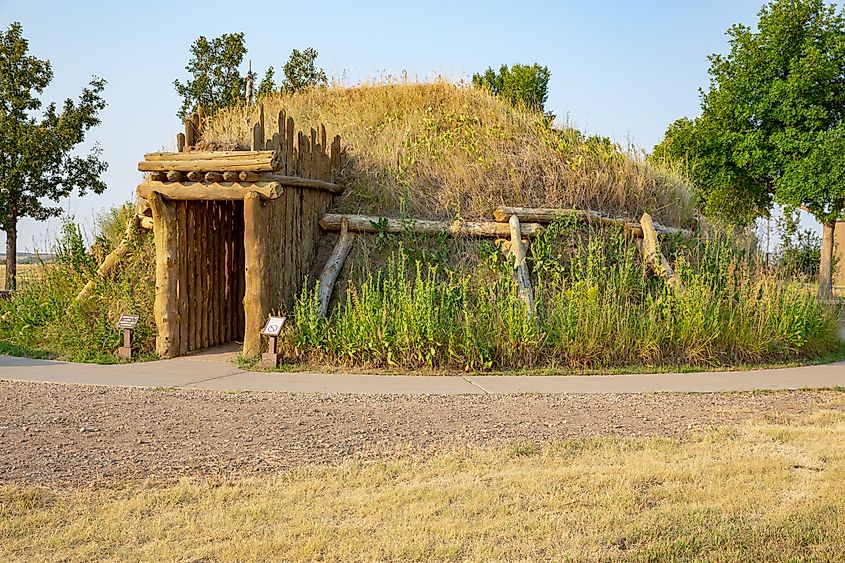
The Knife River Indian Villages National Historic Site in North Dakota is a site that educates visitors on the cultural practices of the Hidatsa, Mandan, and Arikara peoples who lived in this region for centuries before European contact. Archaeological excavations have revealed intricate earth lodge foundations, which evidence the advanced architectural and agricultural practices of these Indigenous communities.
Visitors can explore reconstructed earth lodges, walk through traditional agricultural fields, and gain a deep understanding of the complex social and economic systems that sustain these societies. The site's museum houses an extensive collection of artifacts that show Indigenous life on the Northern Plains.
Enchanted Highway

The Enchanted Highway represents an artistic journey spanning 32 miles between Regent and Interstate 94, featuring the world's largest collection of scrap metal sculptures. Created by local artist Gary Greff, these massive roadside artworks transform an ordinary drive into a visual experience that celebrates rural creativity. Each sculpture draws inspiration from local history, wildlife, and cultural traditions.
The sculptures, including massive representations of geese in flight, a giant grasshopper, a family of tin soldiers, and a tribute to Theodore Roosevelt, are constructed entirely from recycled farm equipment and scrap metal. Each piece is monumental in scale, with some sculptures reaching heights of over 40 feet. The project began in 1989 as a creative effort to revitalize the region's rural economy and draw tourists to southwestern North Dakota.
Pembina Gorge State Recreation Area
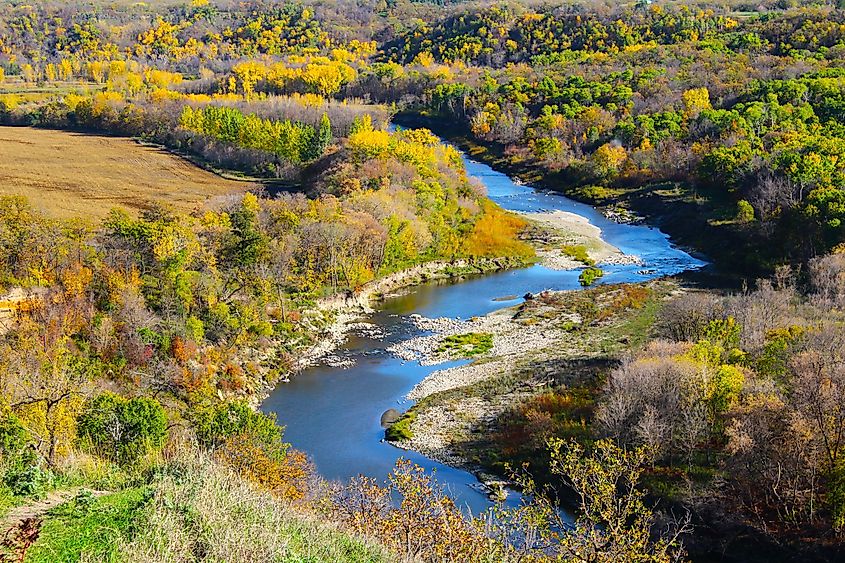
Located in northeastern North Dakota, the Pembina Gorge State Recreation Area was carved by glacial activity thousands of years ago. This over 2,800-acre preserve has dramatic terrain with steep valleys, dense forests, and meandering rivers that provide habitat for numerous wildlife species. The area represents a critical conservation zone that preserves an ecological transition between prairie and forest ecosystems.
Visitors can explore over 30 miles of multi-use trails that accommodate hiking, mountain biking, horseback riding, and winter activities like cross-country skiing and snowmobiling. The varied terrain offers challenges for outdoor enthusiasts of all skill levels, with trails winding through dense deciduous and coniferous forests, through open meadows, and along river valleys. The area's biodiversity is remarkable, with opportunities to observe white-tailed deer, wild turkeys, and numerous bird species.
Double Ditch Indian Village State Historic Site
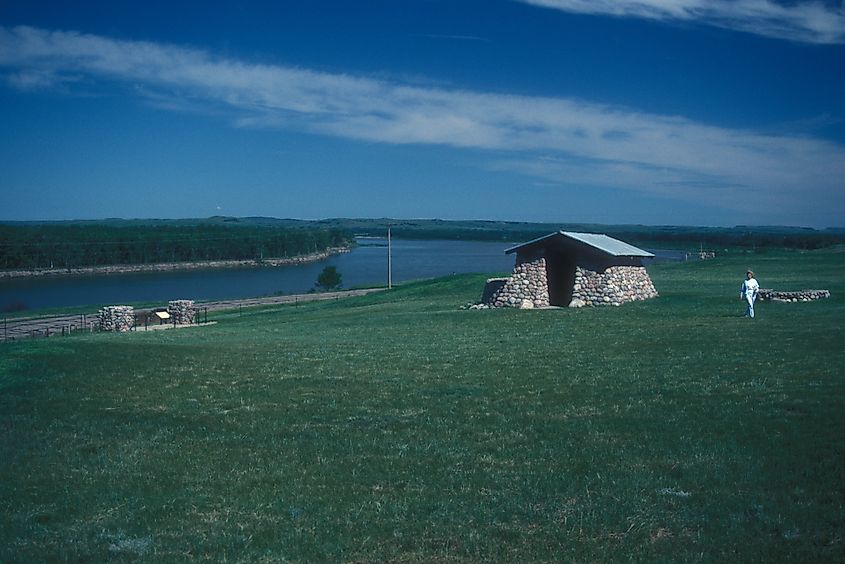
The Double Ditch Indian Village State Historic Site represents one of the most significant Mandan Native American settlements, dating back to approximately 1490-1785 CE. Situated just north of Bismarck along the Missouri River, the location derives its name from two impressive defensive ditches that encircled the original village, demonstrating the sophisticated defensive strategies employed by the Mandan people.
Archaeological excavations have revealed a complex society with intricate social structures, advanced agricultural practices, and remarkable architectural achievements. The site spans over 22 acres and contains multiple earth lodge foundations, agricultural terraces, and numerous artifact scatter zones. Visitors can trace the outlines of ancient community spaces, visualizing how these Indigenous communities organized their daily lives, cultivated crops, and maintained complex trade networks across the Northern Plains.
Frontier Military Post at Fort Ransom State Park
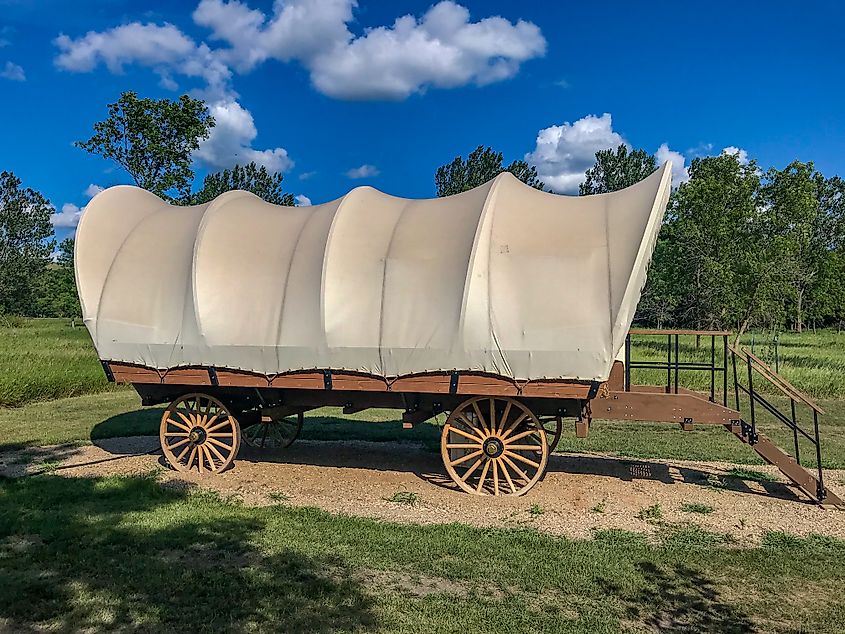
Fort Ransom State Park in the Sheyenne River Valley is an intimate look at the smaller, less documented military outposts that played crucial roles in westward expansion. The park encompasses over 930 acres of diverse landscape, including rolling hills, dense woodlands, and scenic river valleys that provide context for understanding the challenges and opportunities faced by early settlers and military personnel.
The park's terrain tells a multilayered story of ecological and human history. Hiking trails wind through landscapes so that visitors can trace the paths of early military expeditions and settler wagon trains. Seasonal interpretive programs bring historical narratives to life. They highlight the daily experiences of soldiers, settlers, and Indigenous populations during a transformative period in North American history.
Lake Metigoshe State Park
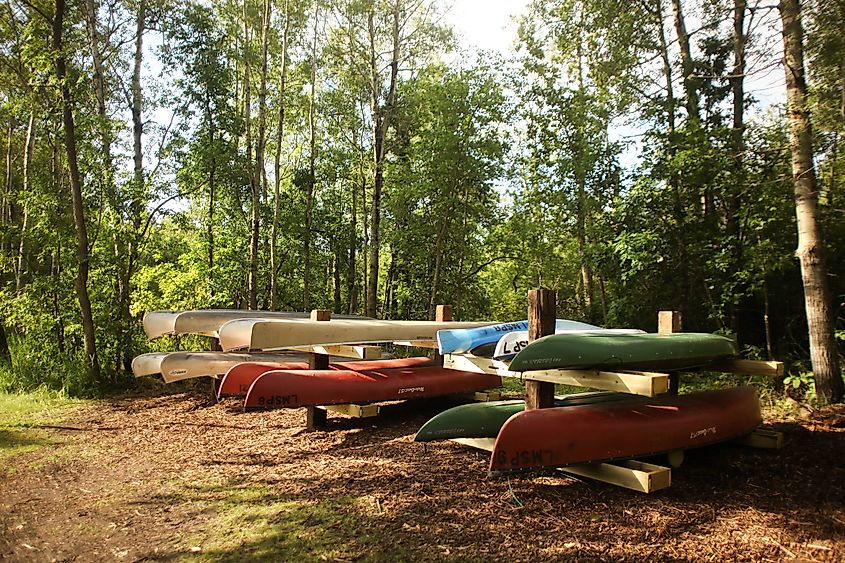
Lake Metigoshe State Park is characterized by its dense forests, numerous glacial lakes, and diverse wildlife and it stands in stark contrast to the state's more familiar prairie landscapes. Situated in the Turtle Mountains near the Canadian border, the park encompasses approximately 1,500 acres of wilderness that feels more reminiscent of Minnesota's north woods than typical North Dakota terrain.
The park's geological history is particularly fascinating, shaped by glacial activity that occurred thousands of years ago. These glacial movements created a complex landscape of interconnected lakes, dense forests, and unique geological formations. Visitors can explore over 12 miles of hiking and cross-country skiing trails that wind through diverse habitats for wildlife observation and photography.
Sakakawea State Park
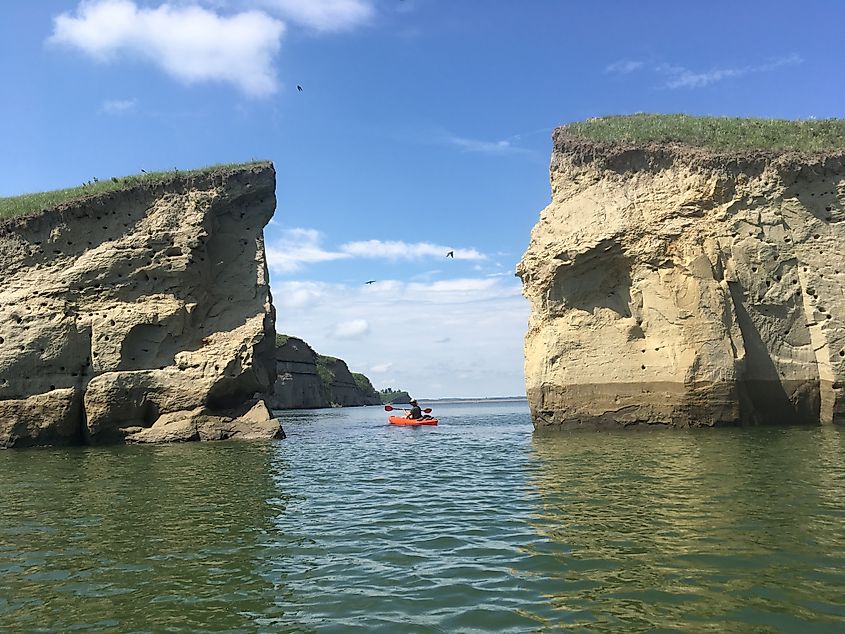
Located at the confluence of the Missouri and Knife Rivers, Sakakawea State Park sits near the location where Meriwether Lewis and William Clark met Sakakawea. These are the Shoshone woman who played a crucial role in the success of their westward expedition. The park encompasses 985 acres of rolling hills, river corridors, and grasslands. Interpretive exhibits and occasional living history demonstrations help visitors understand the multifaceted stories of exploration, cultural interaction, and environmental adaptation.
Beyond its historical significance, Sakakawea State Park serves as an important recreational destination. Visitors can explore hiking trails that offer panoramic views of the surrounding landscapes. The park also has camping facilities, fishing opportunities, and boat launches. The Missouri River's presence creates opportunities for water-based activities.
Icelandic State Park
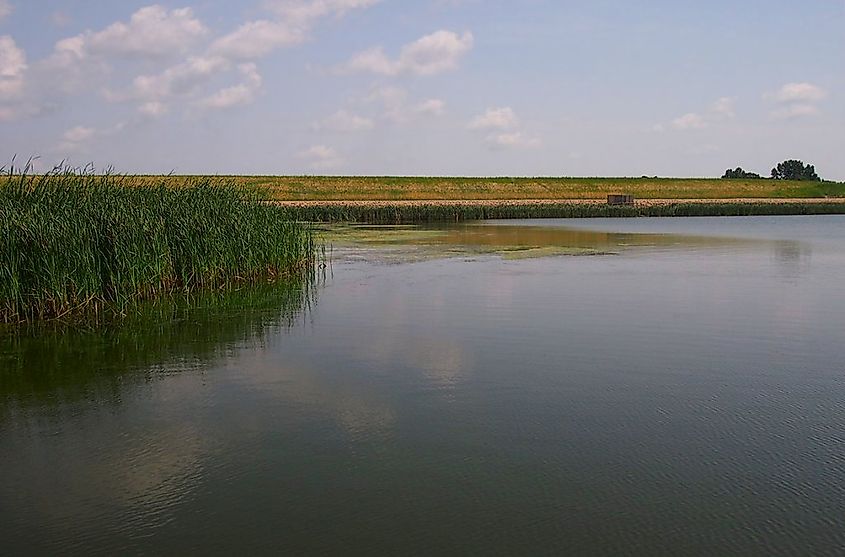
Icelandic State Park commemorates the significant Icelandic settlement in the region. The park spans 912 acres and includes diverse landscapes ranging from prairie environments to forest areas and lake shorelines. These varied ecosystems not only provide recreational opportunities but are living demonstrations of the environmental adaptations made by early settlers. Walking trails wind through these landscapes.
Interpretive programs at the park go beyond simple historical narrative, exploring complex themes of cultural preservation, adaptation, and community building. Visitors can engage with exhibits that discuss the motivations behind Nordic immigration, the challenges faced by these communities, and their significant contributions to North Dakota's cultural and economic development.
Cross Ranch State Park
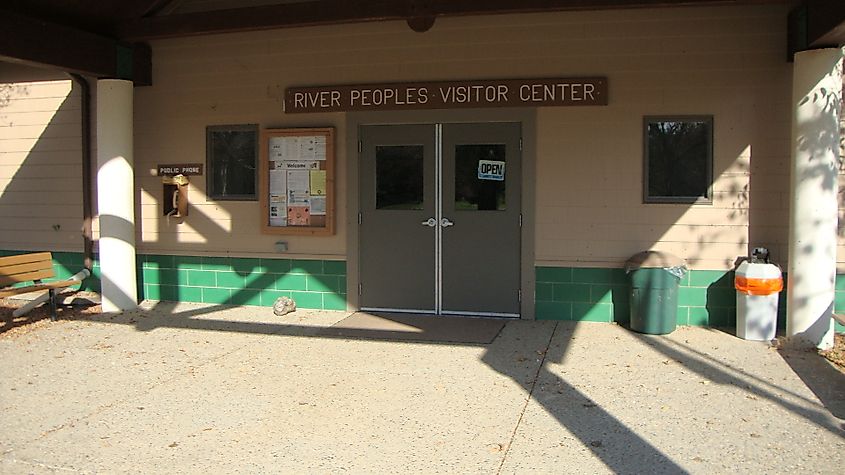
Cross Ranch State Park sits along the Missouri River and encompasses 569 acres of diverse terrain, including riverside forests, grassland prairies, and critical wildlife habitats. What makes this location particularly remarkable is its commitment to preserving both ecological systems and cultural heritage.
Ancient cottonwood forests line the Missouri River, with some trees dating back hundreds of years—a living testimony to the region's ecological continuity. Hiking and cross-country skiing trails allow visitors to explore these diverse ecosystems. Cultural preservation is equally important at Cross Ranch. The site includes historical structures and archaeological remnants of Indigenous people and settlers who once called this park home.
These twelve North Dakota sites are more than mere tourist stops—they are portals into understanding the intricate relationships between landscape, culture, and human experience. They challenge visitors to look deeper, to understand the nuanced stories embedded in the terrain, and to appreciate the richness of a landscape often overlooked. North Dakota emerges not just as a destination but as a journey of discovery that invites travelers to reimagine their understanding of the American landscape.











